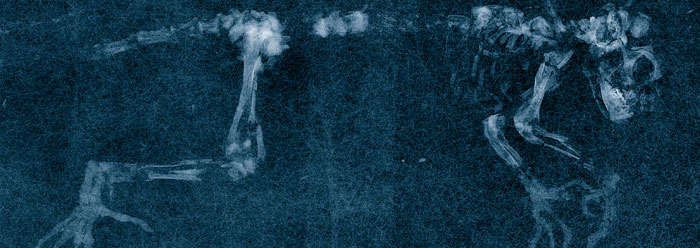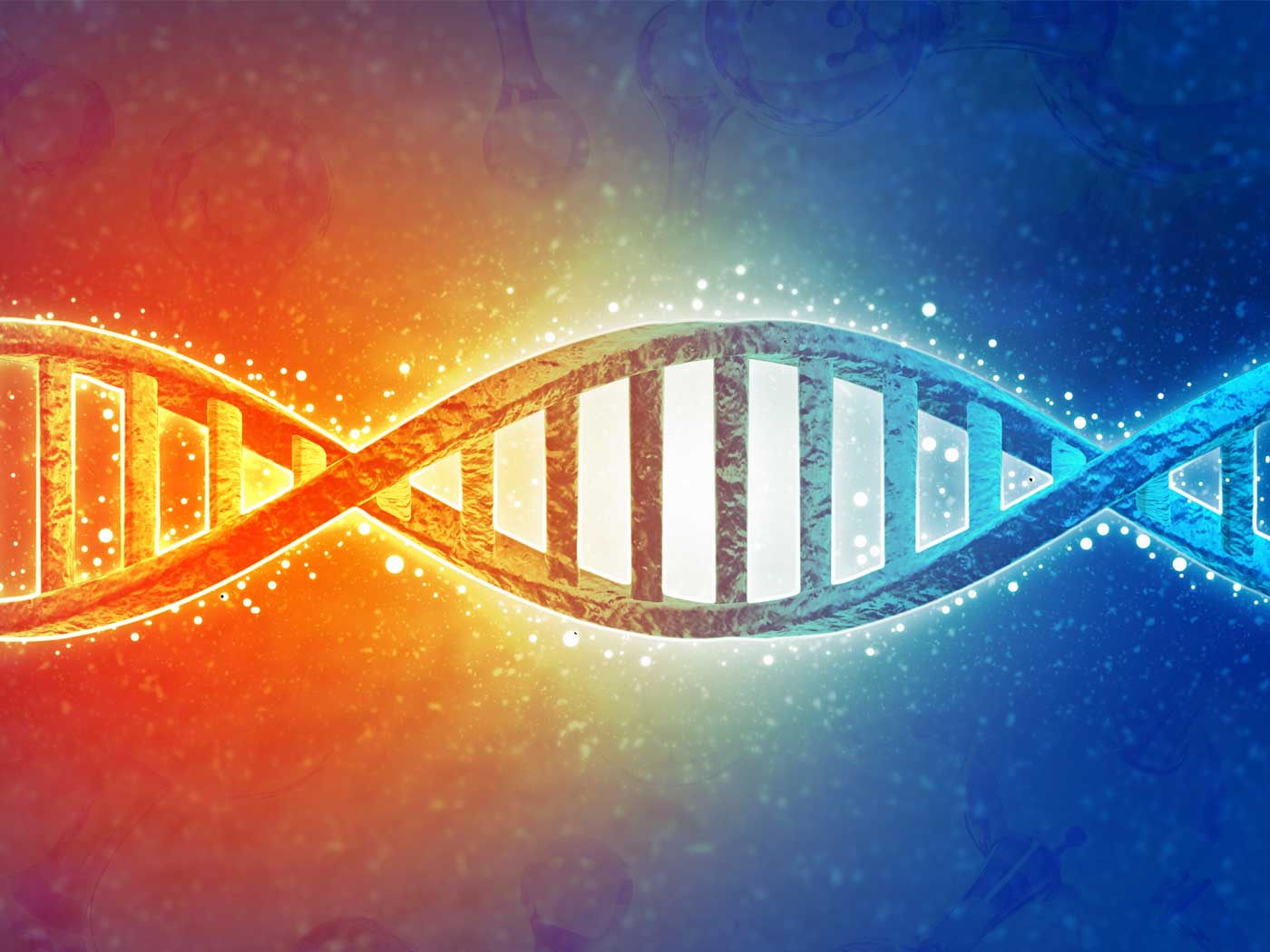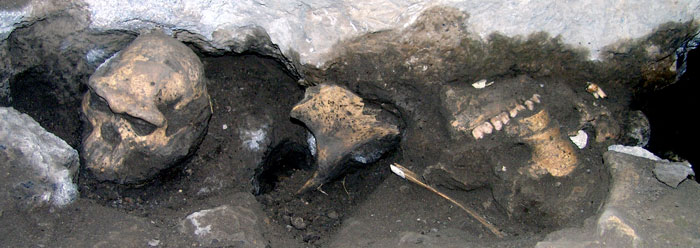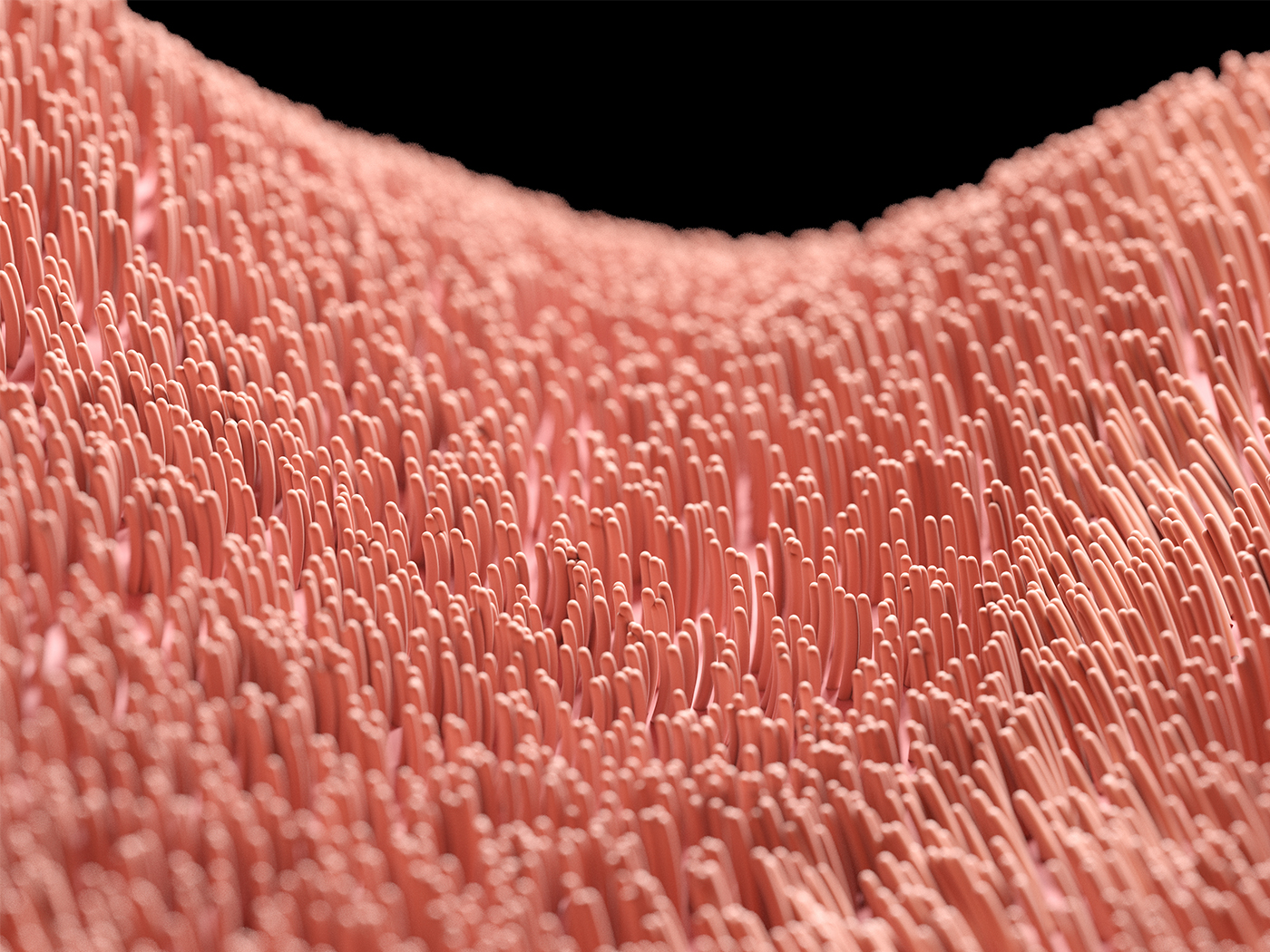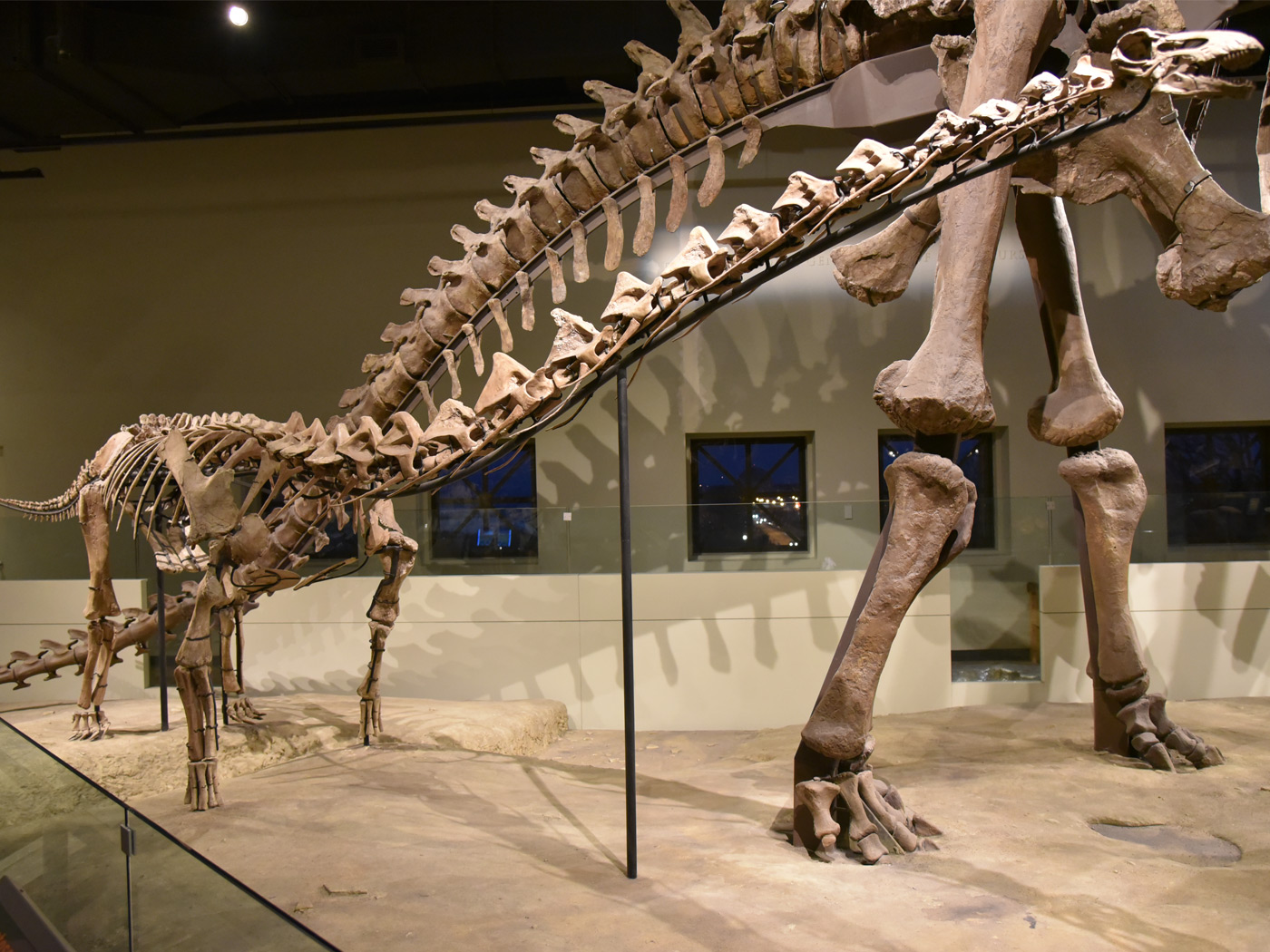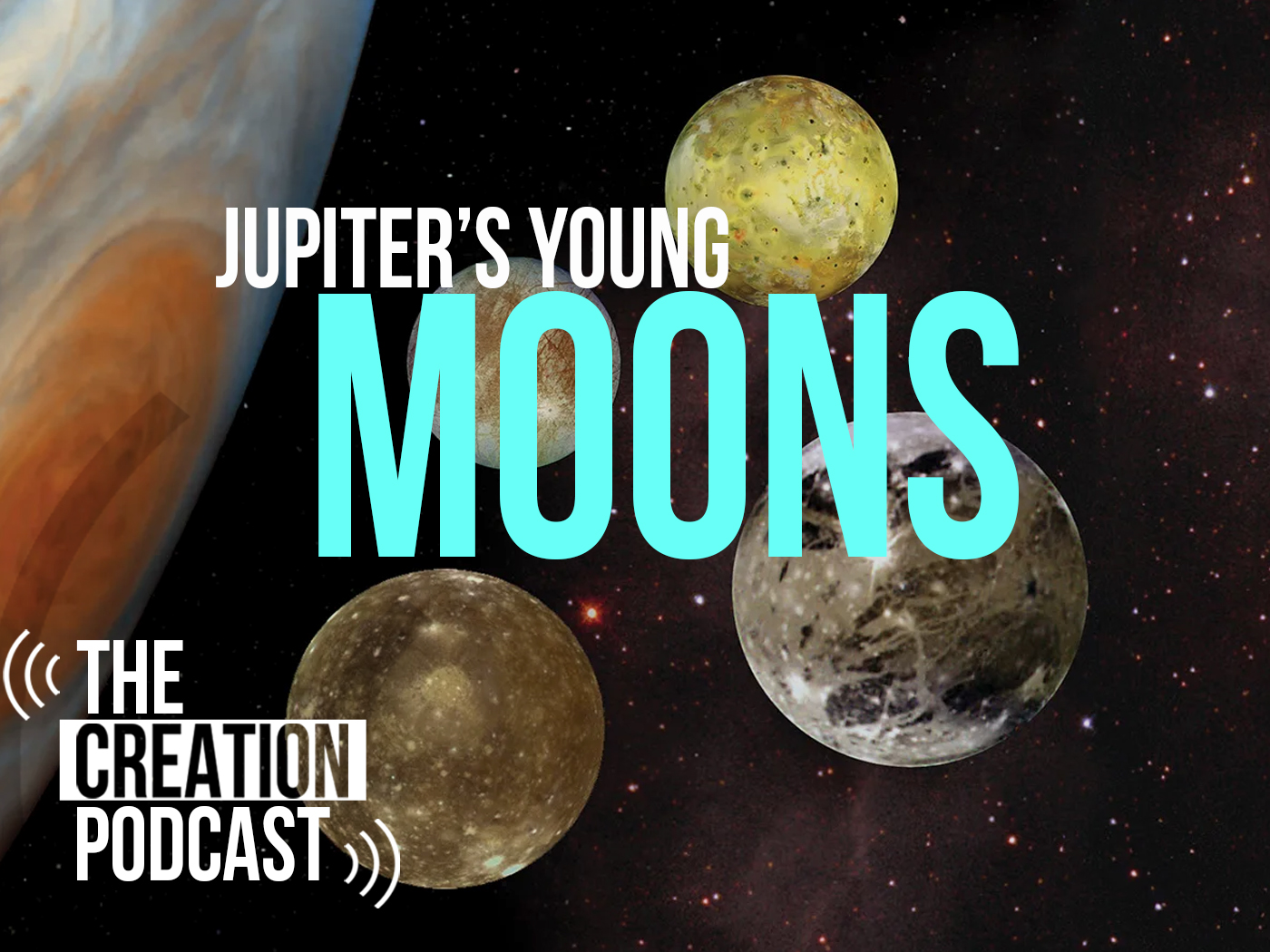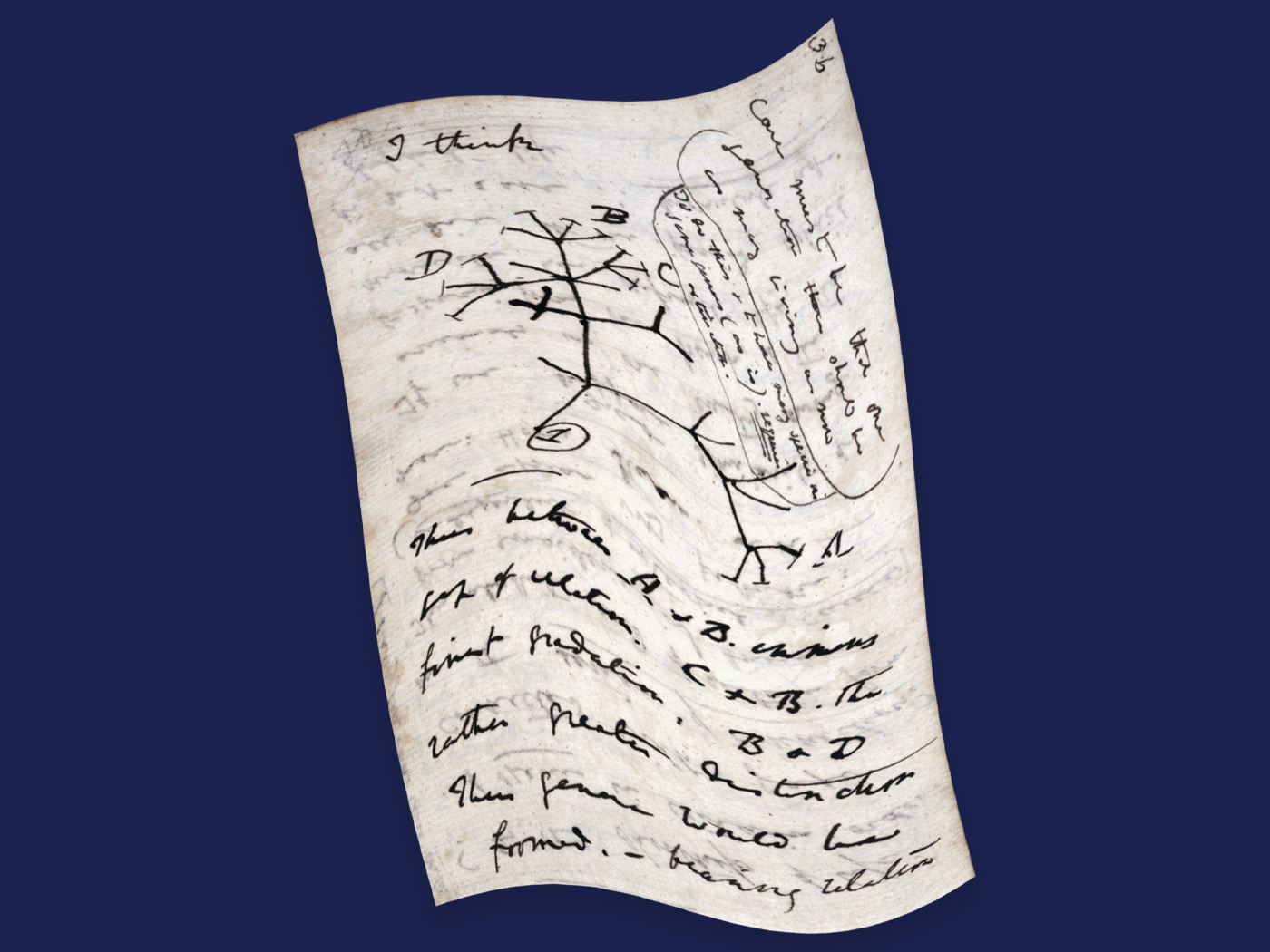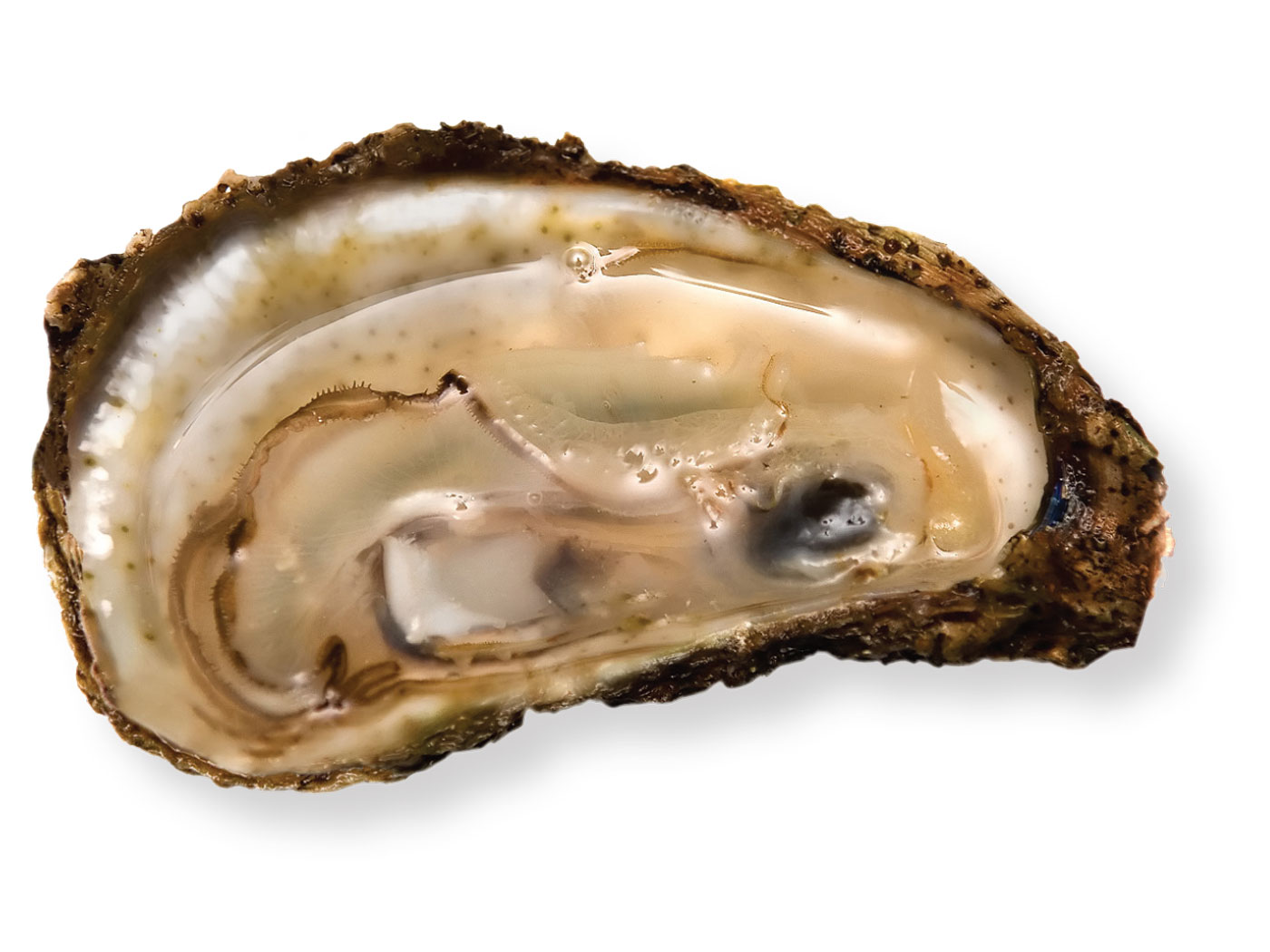Ida is the nickname of the stunningly well-preserved fossil that is currently being hailed as "our connection with the rest of all the mammals."1 A massive publicity campaign, including books, videos, a website, and public unveilings, coincided with the publication of a scientific study conducted on the fossil.2 But published statements from many scientists, both evolutionist and creationist alike, indicate that Ida's accolades as the long-sought-after "missing link" are thoroughly undeserved.
University of Oslo paleontologist Jørn Hurum, co-author of the PLoS report detailing the fossil, claimed, "This fossil is part of our evolution."3 Although Ida…which bears the technical name Darwinius masillae…is very lemur-like, Hurum considers her transitional to haplorhines, a broad grouping of primates that is thought to exclude lemurs but include monkeys and apes. However, University of Chicago paleontologist Callum Ross told ScienceNOW, "Their [Hurum and his team's] claim that this specimen should be classified as haplorhine is unsupportable in light of modern methods of classification."4
Other than a few different teeth, a single ankle bone that is unlike that of modern lemurs, and the absence of modern lemurs' "toilet claw," Ida is very lemur-like. To be a link in the chain of an evolutionary development toward apes, "Ida would have to have anthropoid-like features that evolved after anthropoids split away from lemurs and other early primates. Here, alas, Ida fails miserably," Chris Beard of the Carnegie Museum of Natural History wrote in New Scientist. He also said that "Ida is not a ’missing link'…at least not between anthropoids and more primitive primates."5 Duke University paleontologist Richard Kay stated that there is no "analysis to support the claims" that Ida is a missing link.4 Likewise, Duke paleoanthropologist Elwyn Simons stated that Ida is "not telling us too much that we didn't know before."6
Ida's teeth have been the object of particular attention. The earliest teeth that have been found in the fossil record are fully formed, complete with exquisite enamel microstructure, just as Ida's has. If blind evolutionary changes had managed to develop teeth, then a vast majority of fossils should demonstrate abnormal dentition as jaws and teeth gradually changed shapes until they began working properly. Instead, "up and running" occlusion is observed, with the contours of the upper and lower teeth precisely fitting together when the jaws are closed. Ida's teeth were perfectly formed, with her milk teeth in place and adult teeth forming behind them.
There are 300 or more genes controlling the formation of teeth and jaws. One gene, called Osr2, is a control switch. It was designed by the Creator to work in concert with two other genes to make sure that erupting teeth form at just the right place. Thus, though some of Ida's teeth were different from those of modern lemurs, they were well constructed, having been formed in just the right times and places to be well-suited for this particular primate.
Ida's features, including her tooth structure and tooth eruption patterns, fit well with the creation "mosaic" model, in which certain creatures from different groups share characteristics and yet are each a well-designed, distinct whole. Harvard-trained paleontologist Kurt Wise stated:
There are many such forms in the present (platypus, lesser panda, pronghorn, etc.)…none of which are evolutionary intermediate forms, but which (rather) are a testimony of a wise Creator God Who can combine characteristics in a wide variety of ways and create from them a marvelously designed organism.7
Evidence that Ida is a mosaic comes from her technical description in the PLoS study, which states that her molars underwent "convergence."2 That is, the same tooth design supposedly evolved separately in quite different (unrelated) primates. But the insistence that Ida's molars represent "convergence" is a circular argument that concludes evolution based on the assumption of evolution. The molars appear in equally completed forms in Darwinius and select other primates in which it has been found, as though one programmer used the same functional code module in multiple, unrelated creations.
Both creation and evolutionary scientists recognize the reality that Ida does not reflect the claims of the publicity campaign. The extravagant marketing of the latest fossil purporting to be "proof of evolution"8 seems to have been timed for the effective sale of the evolutionary theory itself. The well-structured media event seems designed to coincide with the 2009 Darwinian Bicentennial, but unfortunately for evolution, Ida exhibits no connection with humans. She does demonstrate, however, just what biblically-informed science predicts…a fully-formed distinct creature buried in a catastrophic event.
As has been the case with every other supposed missing link, there is controversy over Ida's place in the evolutionary story. One reason that published opinions on the subject are consistently inconsistent could be that all the evolutionary researchers involved are laboring under a false paradigm. If Ida's "missing link" status were remotely discernible by an objective comparison of features, then Chris Beard, an expert on primate phylogeny, would not have told Nightline, "This fossil is not as close to monkeys, apes, and humans as we are being led to believe."3 Many other evolutionary scientists are expressing frustration over the unjustified hype accompanying Darwinius.
Adding injury to insult, anatomically modern lemurs have been found in rock strata below Ida.9 Likewise, monkeys have been found in lower layers, which evolutionists believe represent eons of time before Ida's appearance. Thus, Ida is too completely formed and was found in a layer, according to evolutionary timescales, that is too young for her to be the link connecting the earliest primates to descendants that supposedly led to humans. Underneath all the fanfare, Ida's evolutionary status is just more hype.
References
- A quotation from British naturalist Sir David Attenborough, contained in Attenborough on Ida: this littler creature is going to show our connection with all other mammals. The Guardian. Posted on guardian.co.uk May 19, 2009, accessed May 20, 2009.
- Frazen, J. L. et al. 2009. Complete Primate Skeleton from the Middle Eocene of Messel in Germany: Morphology and Palebiology. PLoS One. 4 (5): e5723.
- The Missing Link? Nightline, ABC News television, May 20, 2009.
- Gibbons, A. "Revolutionary" Fossil Fails to Dazzle Paleontologists. ScienceNOW Daily News. Posted on sciencenow.sciencemag.org May 19, 2009, accessed May 20, 2009.
- Beard, C. Why Ida fossil is not the missing link. New Scientist. Posted on newscientist.com Mary 21, 2009, accessed May 21, 2009.
- Dayton, L. Scientists divided on Ida as the missing link. The Australian. Posted on theaustralian.news.com.au May 21, 2009, accessed May 21, 2009.
- Roach, E. Experts: Fossil find exciting but lacks significance. Baptist Press. Posted on bpnews.net May 20, 2009, accessed May 20, 2009.
- Randerson, J. Is fossil Ida a missing link in evolution? The Guardian. Posted on guardian.co.uk May 19, 2009, accessed May 20, 2009.
- Sargis, E. J. 2002. Primate Origins Nailed. Science. 298 (5598): 1564-1565.
Image Credit: PLoS
*Mr. Thomas is Science Writer and Mr. Sherwin is Senior Lecturer at the Institute for Creation Research.
Article posted on May 22, 2009.




